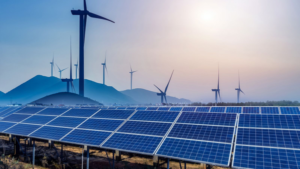
According to the World Bank, economic growth in Central Asia and Europe is stabilizing after several crises but remains weak, reports a TheCentral.Asia correspondent.
World Bank’s Economic Update says that growth in the region is expected to slow to 3.3% this year, down from 3.5% in 2023, and further to 2.6% by 2025. This is far below the 5.1% average of 2000-09 and insufficient for middle-income countries aiming for high-income status.
Lower inflation has led some central banks to cut rates, but concerns about price pressure persist. The World Bank stresses the need for an overhaul of education, especially higher education, to boost human capital and drive long-term economic growth.
Countries of the Europe and Central Asia region have ably navigated the recent shocks of high inflation, the fallout from Russia-Ukraine conflict, and weak expansion in the European Union, the region’s key export market,” said Antonella Bassani, World Bank Vice President for Europe and Central Asia.
The forecast for Kazakhstan’s GDP shows growth at 4.7% in 2025, before declining to 3.5% in 2026, following the current rate of 3.4% in 2024.
Growth in Central Asia is supported by private consumption, rising wages, remittances, and tourism, which has surpassed pre-pandemic levels. However, the slowdown in EU exports is a drag on the region’s economy.
Education remains a key challenge, with quality declining, especially in higher education. “The greatest scope for boosting long-term growth in the region lies in raising the quality of education,” said Ivailo Izvorski, World Bank Chief Economist for Europe and Central Asia. “Prioritizing quality of education and supporting lifelong learning will help countries bolster their human capital, reduce talent misallocation and waste, energize innovation, and drive sustainable economic growth and development.”




